The Cyrus Cylinder Tour of the U.S.: Culture Transcending Politics
The spring of 2013 has been a particularly exciting time for Iranian-Americans and Iranians living in the United States. Just in time for the Persian New Year, the Cyrus Cylinder started its first-ever tour of the U.S. with a magnificent debut in Washington, D.C.
The iconic Cyrus Cylinder, housed in the British Museum, has become a world-famous cultural symbol for promoting tolerance among peoples, cultures, and religions. This “First Bill of Human Rights” is, in fact, the first written record of a foundation for human rights: the rights of communities and peoples. It is a source of pride for Iranians as it symbolizes the beginning of Iran’s continuing contribution to civilization. It shows how some 2,600 years ago, Cyrus the Great chose to rule the many peoples of the Persian Empire by being equidistant from all religions rather than forcing them to adopt a statewide religion.
The Cyrus Cylinder, 539-538 BC, Achaemenid, clay
©IHF America / Reza Ganji
Iran’s political relationship with the United States and Israel has been contentious for the past three decades. The U.S. and Israel have no formal diplomatic relations with Iran, and attempts to heal this troublesome situation have gone nowhere in the political arena. Almost every mention of Iran and Israel together in the same article has revolved around war and terror, and the governments of Iran and Israel do not see each other as anything short of a threat. This has caused the general public to overlook the many contributions – over many centuries – of the Iranian people to the world’s progress in policy, human rights, medicine, mathematics, astronomy, and more.
It is, therefore, of particular interest to have an ancient object from Iran in the limelight, one that is so relevant to both the U.S. and Israel. The Cyrus Cylinder documents an important moment in the history of the Middle East with significant relevance to both of these nations.
Cyrus built an empire without the use of violence by allowing peoples to keep their own cultures and faiths while abiding by the same “law of the land.” The U.S. Constitution likely drew from this unique approach, as Thomas Jefferson and other Founding Fathers of the U.S. studied Cyrus and his way of ruling. The U.S. model of separating church and state is, in fact, one of the closest modern government frameworks of the multi-culture and multi-faith nation built by Cyrus.
Cyrus also set free the Jewish people who were deported by the previous kings upon conquering Babylon, allowing them to return to their land, rebuild their temple, and worship their own god. This is an event highlighted and cherished in the Hebrew Scriptures and Jewish literature, but the historical foundation for this major “homecoming” was not confirmed until the discovery of the Cyrus Cylinder in 1879 and its subsequent translation.
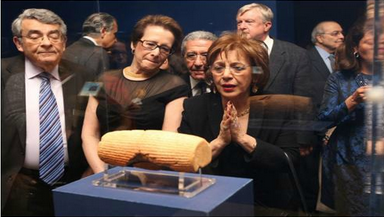
Guests viewing the Cyrus Cylinder during the launch of the exhibition at the British Museum
IHF America / Hasan Sarbakhshian
The Iran Heritage Foundation, a non-political organization focused on preserving and promoting the culture, history, languages, and art of Iran and the Persianate World has been doing cultural work in the United Kingdom for almost two decades, and saw this significant and unique narrative as an opportunity for a cultural dialogue. We believe that learning about the history and culture of a nation brings about more understanding and affinity, and that diplomacy does not have to be political. In fact, cultural diplomacy can be more effective because it touches individuals and the actual people rather than being confined to political views, agendas, and restrictions. Learning about histories and cultures enable us to understand why the world is the way it is today.
IHF’s institutional partnership with the British Museum has been long-standing, resulting in an IHF Fellowship at the Museum for 15 years and some very successful exhibitions such as “Forgotten Empire: The World of Ancient Persia” and “Shah ‘Abbas: the Remaking of Iran,” both viewed by countless visitors in Europe and applauded by scholars. So it was only appropriate for us to take on this initiative and bring the Cyrus Cylinder to the United States. Our talks and planning with the British Museum for this project extend back as far as 2007.
IHF America has worked closely with both the British Museum and the Smithsonian’s Arthur M. Sackler Gallery to arrange not only an exhibition but a tour, to provide the country’s diverse population with an opportunity to see, experience, and appreciate an ancient artifact which is as much a part of the American and Jewish history as it is a source of pride for Iranians. Given how loud and clear the voice of this small, mute baked clay cylinder is for public diplomacy, it is no coincidence that the Cyrus Cylinder tour was inaugurated in Washington, D.C. and next to Capitol Hill.
Thomas Jefferson’s personal copy of Cyropaedia – the biography of Cyrus written by Xenophon
©IHF America / Reza Ganji
The tour has so far received an amazing amount of press coverage. Opening remarks by Julian Raby, the Director of the Freer and Sackler Galleries, Neil MacGregor, the Director of the British Museum, and Alireza Rastegar, Chairman of IHF America echoed the same positive message around the significance of the Cyrus Cylinder—it both recognizes the impact of the Persian civilization in shaping the world we see today, and provides an opportunity for continued understanding, dialogue, and friendship.
Major media outlets covered the launch, remarks, and various interviews given by key people from both the British Museum and the Sackler Gallery, which were in turn syndicated and distributed further. CNN’s Chief International Correspondent, Christiane Amanpour, interviewed Neil MacGregor (video and transcript), and aired segments via both CNN and ABC News. Millions of Americans have now heard about the Cyrus Cylinder’s visit and why it is so significant to Iranians, Americans, Jews, and others.
CNN’s Christiane Amanpour in conversation with the British Museum’s Neil MacGregor
©IHF America / Hasan Sarbakhshian
It has been a breath of fresh air to see Iran mentioned in mass media not only outside of a heated political discussion around the “N” word, but rather in a significantly positive light. Such coverage of Iran’s cultural contribution on a large scale is unprecedented. After D.C., the exhibition will travel to Houston (Museum of Fine Arts), New York City (The Metropolitan Museum of Art), San Francisco (Asian Art Museum), and Los Angeles (The J. Paul Getty Museum). We expect the coverage to continue to grow as the exhibition is seen by more and more people, and in more cities.
In the United States – a country built on the same values aptly represented by the Cyrus Cylinder – the prominent presence of this relic will surely provide numerous opportunities for cultural dialogue that transcends politics and stereotypes. We hope that this helps narrow gaps and divides, and fosters friendship and respect.
For making this tour possible, we would like to thank both Neil MacGregor and Julian Raby, their respective teams at the British Museum and the Smithsonian’s Sackler Gallery, our donors who have financially supported the tour and the exhibition, and the museums that shared our vision and were very gracious and flexible in accommodating the schedule of the tour in 2013.
To stay up to date about the Cyrus Cylinder tour, please follow us on Facebook.
Below is a selected collection of recent news articles on Iran and public diplomacy aggregated by the PDiN news team. To full a full list of PDiN articles on Iran, visit #iran:
Iran nuclear program: Obama makes case for diplomacy ahead of trip to Israel
The Christian Science Monitor
Economic Sanctions as Temper Tantrums
CPD Blog
Let Iranians Talk to Americans
Gulf News
Ancient Blueprint for Middle East Peace Touring U.S.
CNN International
Argo Oscar Win Infuriates Iran, but Iranian People Think Otherwise
The Foundry
Basketball Diplomacy in Iran
Deutsche Welle
Tags
Most Read CPD Blogs
-
November 5
-
November 13
-
November 25
-
January 2
-
December 17
Visit CPD's Online Library
Explore CPD's vast online database featuring the latest books, articles, speeches and information on international organizations dedicated to public diplomacy.








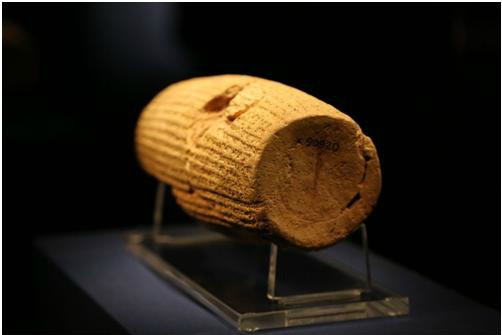
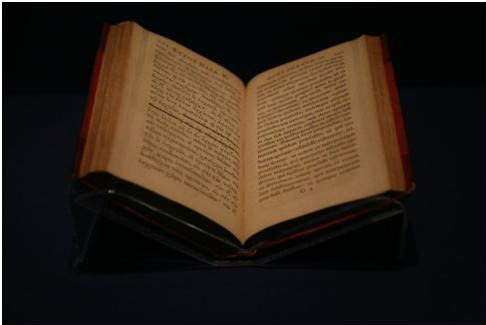
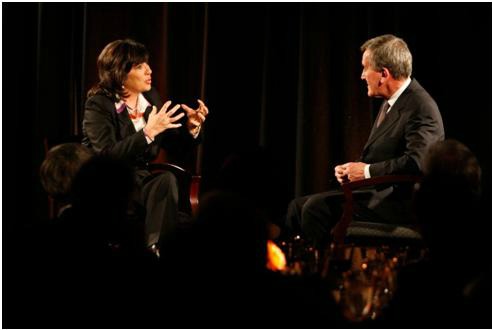
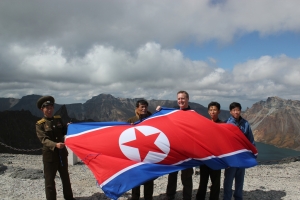
Add comment